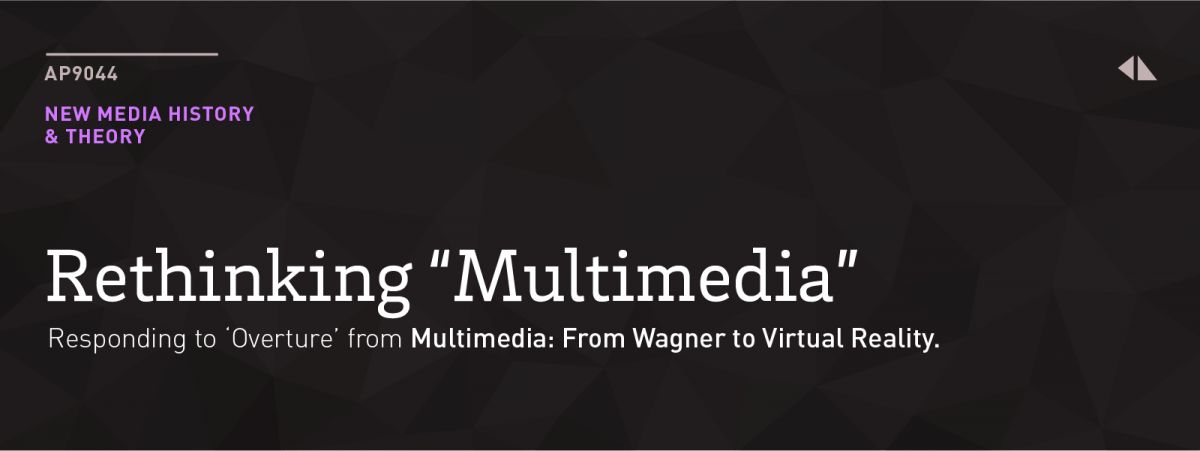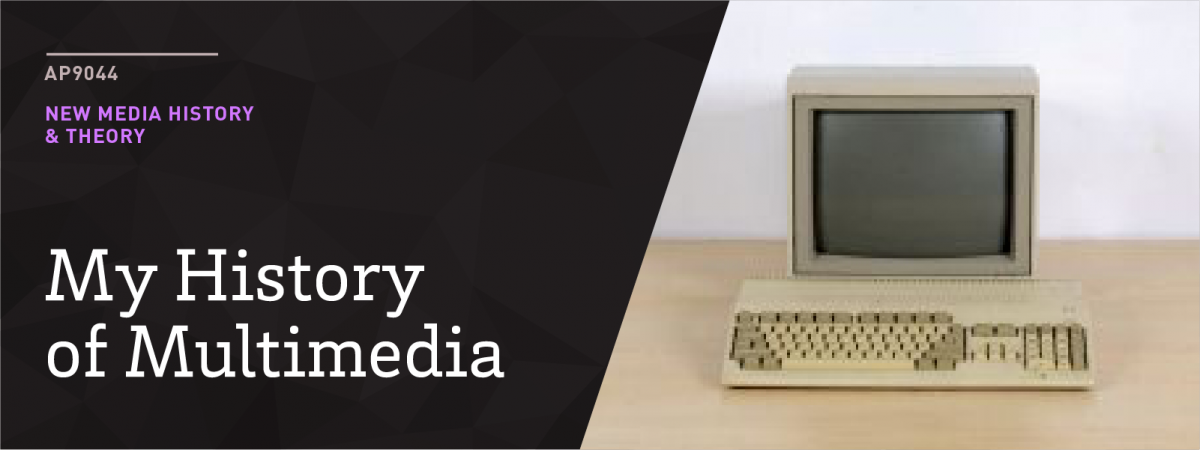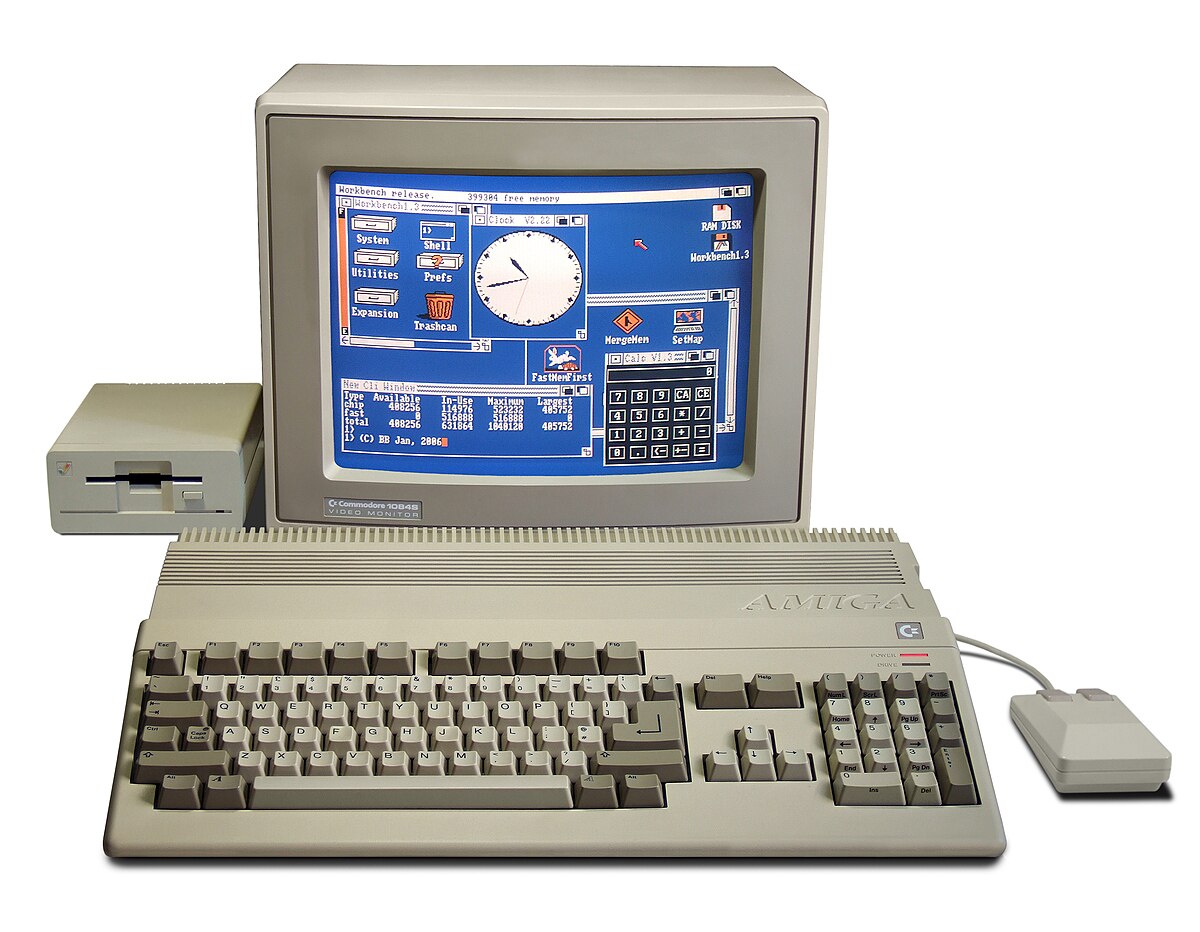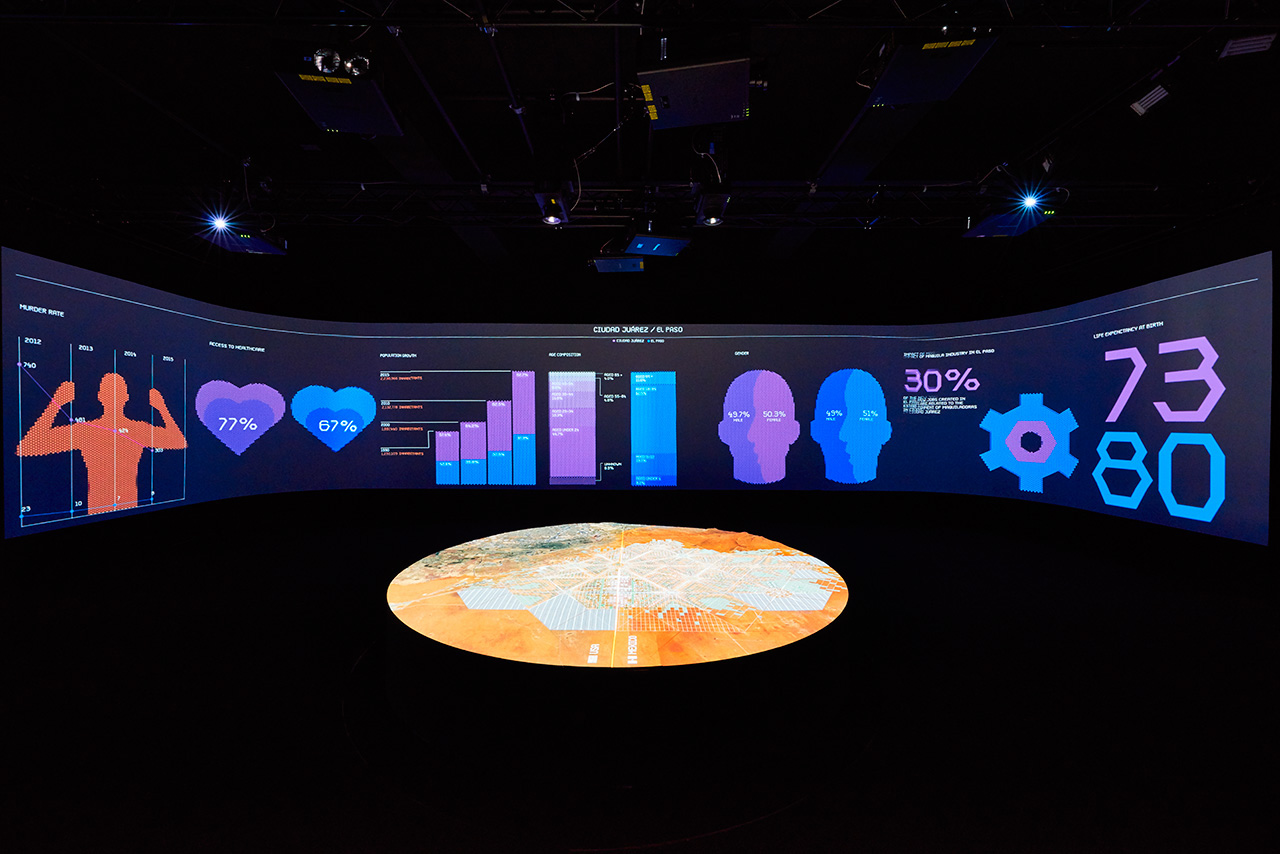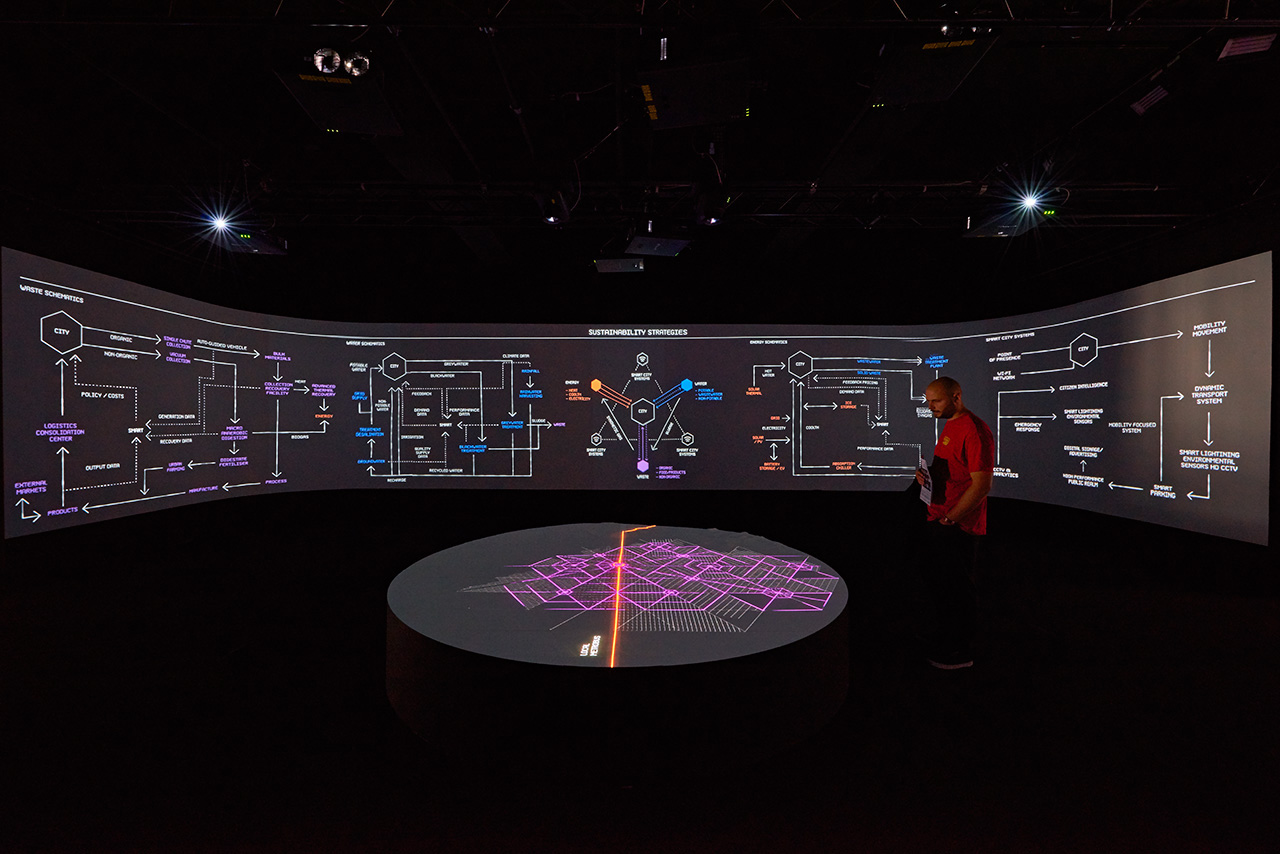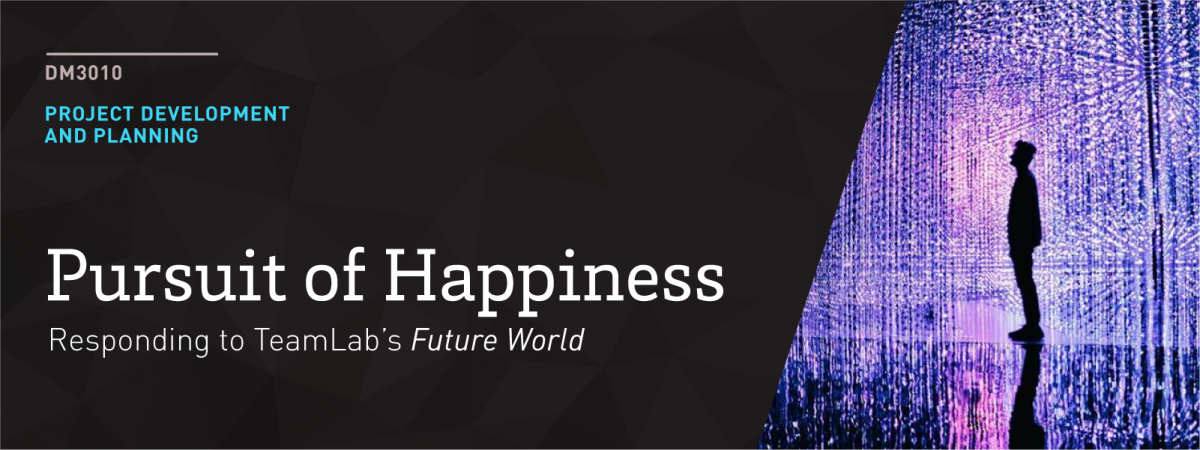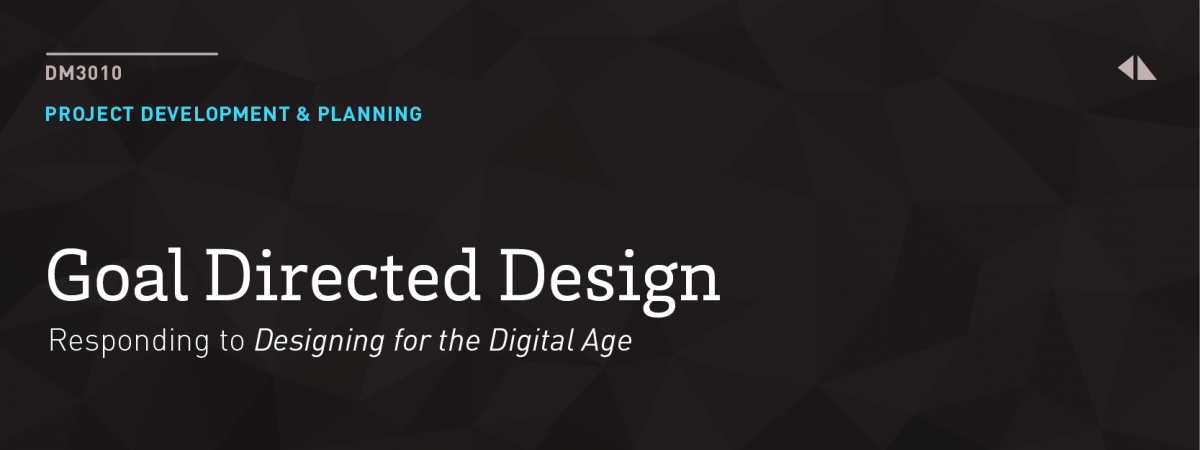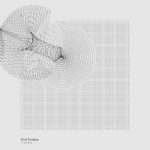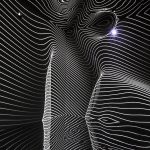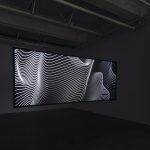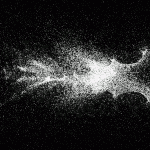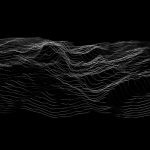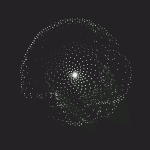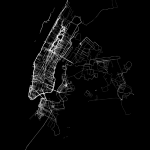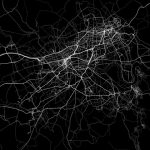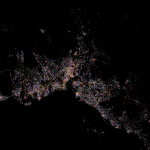It is often common for one to assume the meaning of certain words and phrases; especially if said word or phrase is common place in one’s daily life.

Such is the case with the term, multimedia. In this digital day and age, the word multimedia is thrown about rather flippantly. We have come to assume that all media is multimedia – no form of artistic expression really exists by itself anymore. Even something like assumably “single-media” like listening to music has become an exercise in multimedia consumption. The digital consumption of audio puts in a situation where we first interact with our digital “libraries” sorted by any number of categories from albums to playlists. We sift through the lists of words and images before arriving at our music. Even then we are likely presented with the album art of the track with all its subtext and suggestions as the music begins to play. The experience is never purely auditory; perhaps even a little distracted.
With the advent of video sharing services like YouTube, the act of music consumption if further skewed towards a multimedia experience with users likely engaging with music videos as opposed to a purely auditory soundtrack. These videos augment the experience of listening to a track by providing visuals that create a richer experience that would otherwise be unattainable with just one type of media. While some may embrace the expansion of the original intended experience of the media, others yet may lament the added distraction muddying the original intended experience.


No matter one’s stance, multimedia as a term then, could be defined as the totalizing sensory experience gained from combining more than one method of expression to create a sum that is arguably greater than its parts. This concept of totalizing is discussed in the essay as the Gesamtkuntswerk. Attributed to Richard Wagner, the Gesamkuntswerk or “Total Artwork” is Wagner’s idealized union of all the various aspects of creative expression; the combination and unification of all the arts to create an experience that could capture the essence of human experience.
This concept and definition was of particular interest to me as it reinforced a personal believe that I always maintained about the term multimedia. While it may have only be in prevalent use over the last 20 to 30 years and heavily tied with technology, I have always held onto the notion that multimedia was far from a recent concept. Like the caves of Lascaux, examples of multimedia experiences predate many of humankind’s technological advances. However, as the reading suggests, it is with the advent of technology (particularly the personal computer) that artists and technologist alike have been able to fully bring to fruition the Wagner’s vision. The concept of multimedia as a meta-media (a medium comprising other media) would not have been able to be as successful if not for the efforts of technologists like Vennevar Bush and Tim Berners Lee. Our modern understanding of multimedia is predicated on the works of these pioneers.
What was particularly striking to me as well was how many of the speculations made by artists and technologists in the essay have since come to be reality. For example, Weiner’s preoccupation with human-computer relationships in his study of cybernetics led him to the conclusion that “the quality of our communication with machines effects the quality of our inner lives”. Today, we have entire professions built around this notion – user experience design. The rise of social media and the significant social impact that our relationship with our devices have greatly changed how me consume media and perceive the world. These “machine-mediated” experience of social interactions and our experience of the world around us have the power to shape and affect how we think and perceive. Multimedia then, has become not just a tool for artists to create better modes of creative expressions, but it has also evolved to place greater power in the hands of creatives to influence audience reactions and the outcome of a work.
Another arresting prediction made by Scott Fischer was the vision of a immersive virtual space that would “give birth to a new form of participatory, interactive electronic theatre.” With recent advances in the field of Virtual and Augmented Reality, VR has fast become a technology that is getting more and more accessible to the general public. Platforms such as the HTC Vive have given birth to online shared spaces where users can engage in telematic interactions with others across vast distances. With full body tracking, voice chat and surround audio, people now have access to fully immersive environments where they are able to take on any likeness and interact with others as if in the same space.
VRChat and the Ugandan Knuckles meme phenomena is one such example of Fischer’s vision of a participatory electronic theatre coming to life. The platform was original envisioned as a space for users to interact with one another in an attempt to escape the mundane realities of regular life, similar to earlier concepts such as Second Life. However, the richer interactive experiences afforded to users soon saw players creating personas, characters, stories and lores in a machine-mediated multi media space. This types of ad-hoc, participatory theatre would be difficult to recreate without the aid of multimedia.
Multimedia over the years has come to represent more than just the nexus point of a host of various creative expressions. We have been able to create, richer, deeper and more all encompassing experiences that challenge both creators and audiences alike. The digital revolution has allowed for the genesis of type of media that truly allows for us to express ourselves the way our minds work. While some may argue that technology and multimedia have worked against us by making us more distracted individuals, perhaps, this was the intended result after all? As Ted Nelson philosophized, perhaps multimedia, like all human inventions, is an extension of ourselves. Perhaps the burden of responsible consumption sits of our shoulders after all.

